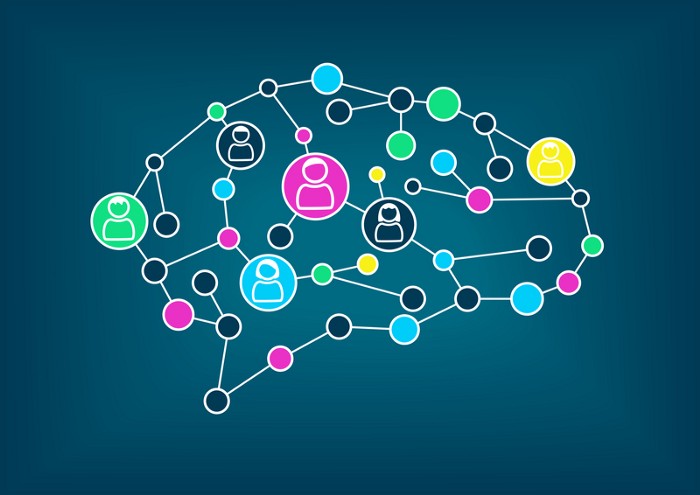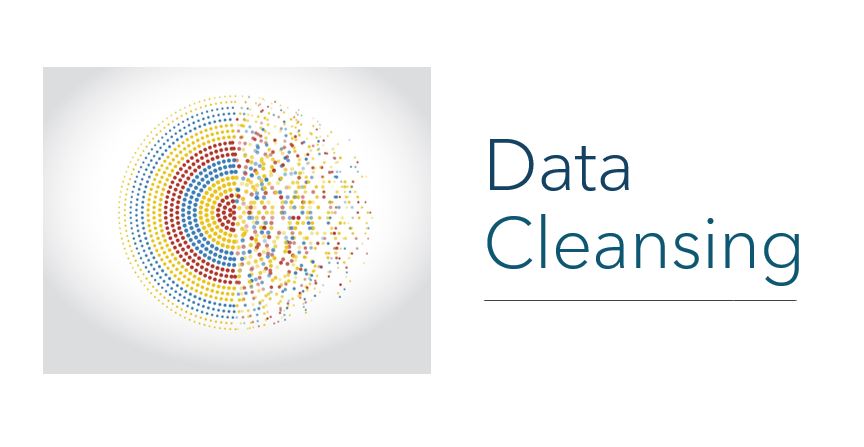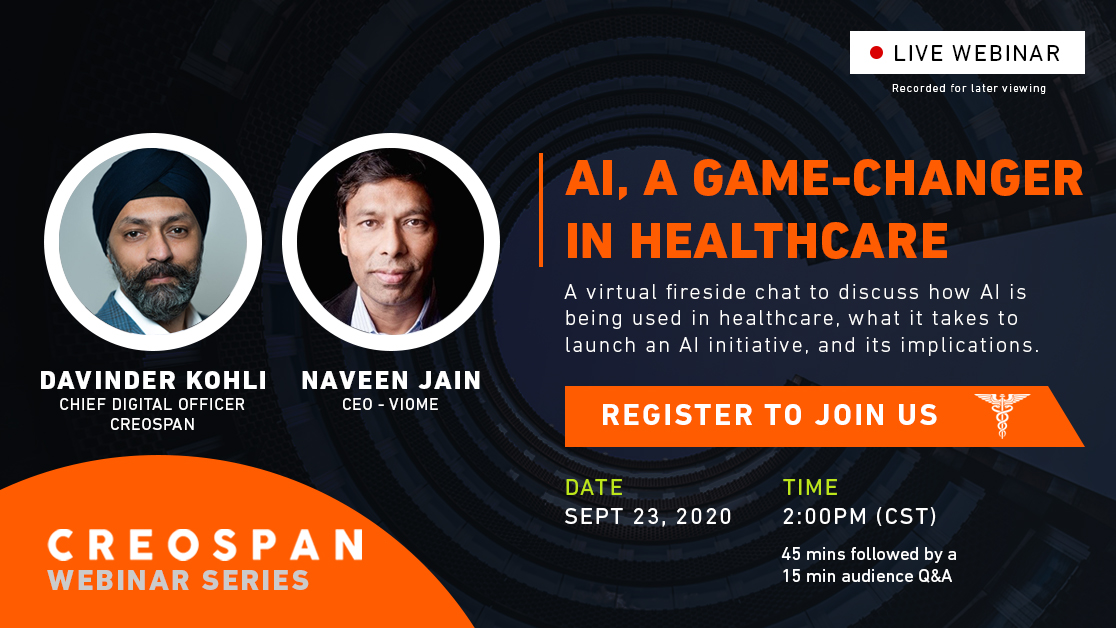
Benefits of Native Mobile Apps
May 27, 2020
Can Knowledge Graphs Unlock Insights into COVID-19 Crises?
June 3, 2020How to cleanse data for ensuring data integrity?
by Anuj Baliyan
Data cleansing is the act of cleaning up a data set by finding and removing errors. Data cleansing is also referred to as data cleaning or data scrubbing. Data cleansing can be performed manually or using a software application. There are various 3rd party applications/software’s available which can perform the data cleansing based on a certain set of rules defined by the user.
The software works by comparing unclean data with accurate data in a database. It also checks manually entered data against standardization rules. For example, it would change “california” to “California” when capitalizing the names of states. Using software for data cleansing is much more accurate than a human-centric process. Additionally, it is very efficient when dealing with large volumes of data.
During my last assignment at a premier financial client, I was responsible for maintaining the clients account data. Therefore, Data Cleansing was something I was performing on a day to day basis. Listed below are some of the basic steps that one can work through trying to clean their data.
1. Standardize Your Processes
It is important that you standardize the point of entry and check the importance of it. By standardizing your data process, you will ensure a consistent point of entry and reduce the risk of duplication.
2. Analyze and Clean the Data
- Removal of unwanted observations
This includes deleting duplicate/ redundant or irrelevant values from your dataset. Duplicate observations most frequently arise during data collection and Irrelevant observations are those that do not actually fit the specific problem that you are trying to solve. Irrelevant observations are any type of data that is of no use and must be removed directly.
- Fixing Structural errors
The errors that arise during measurement, transfer of data or other similar situations are called structural errors. Structural errors include typos, missing information, incorrect capitalization etc. which must be removed or corrected
3. Validate Accuracy
Validation ensures your data is correct and ready for meaningful analysis. Once the data is cleaned and ready for installation, its recommended to perform a 4-eye validation depending on the criticality of the data. The 4-eye validation is a requirement in which two individuals approve the same action before it can be taken. You may need an interactive, software tool to do this. Critical considerations in the final stages of data cleansing include ensuring that:
- Your data meets pre-established range constraints
- Each input value is of the mandated data type
- There are no missing values for mandatory fields
- Check for duplicates
- There are no nonsensical values
4. Communicate and Document the process
Communicate the new standardized cleaning process to your team. This process must also be thoroughly documented and shared with the team. This will be especially useful for new members of the team and will help ensuring that the right steps are being taken for maintaining data accuracy.




